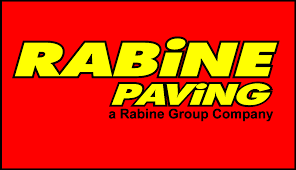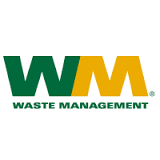Tennessee Stormwater Management
Tennessee State Overview
The state of Tennessee and the Tennessee Department of Environmental Conservation were granted delegated authority by the EPA to administer their own National Pollutant Discharge Elimination System (NPDES) Permitting Program for wastewater and stormwater discharges associated with construction activity, industrial activity as well as Municipal Separate Storm Sewer System (MS4) activity. Because the EPA and The Clean Water Act required a program for addressing the pollution caused by stormater discharges, Tennessee instituted a Division of Water Pollution Control which oversees the State of Tennessee National Pollutant Discharge Elimination System (NPDES) Permitting Program. The Tennessee NPDES provides a process for project owners and operators to attain permit coverage allowing the discharge of stormwater and wastewater into Tennessee surface waters.
The Tennessee General NPDES Permit for Discharges Of Stormwater Associated with Construction Activities authorizes point source discharges of stormwater from construction activities (clearing, grading, filling and excavating, borrow pits and stockpile/material storage areas containing erodible material, or other similar construction activities) that result in the disturbance of one (1) acre or more of total land area. Projects or developments of less than one (1) acre of land disturbance but construction activities at the site are part of a larger common plan of development or sale that comprise at least one (1) acre of land disturbance are required to obtain authorization under the general permit.
Project owners or operators are seeking permit coverage to discharge stormwater associated with construction activities are required to submit a complete Notice of Intent (NOI) to the Tennessee Department of Environmental Conservation (DEC). The Tennessee DEC also mandates that the operator is to develop and submit a site-specific Storm Water Pollution Prevention Plan (SWPPP) with the Notice of Intent (NOI) to obtain coverage under the Tennessee Construction General Permit. A comprehensive Storm Water Pollution Prevention Plan (SWPPP) must be comprised of the design, inspection and maintenance of Best Management Practices (BMPs) during all phases of construction. The Tennessee DEC requires that all aspects and sections described in SWPPP must be prepared in accordance with good engineering practices. At a minimum, all Best Management Practices (BMPs) shall be consistent with the requirements and recommendations contained in the current edition of the Tennessee Erosion and Sediment Control Handbook.
DISCLAIMER: This program has not yet been approved by the Department of Environment & Conservation.
The state of Tennessee and the Tennessee Department of Environmental Conservation were granted delegated authority by the EPA to administer their own National Pollutant Discharge Elimination System (NPDES) Permitting Program for wastewater and stormwater discharges associated with construction activity, industrial activity as well as Municipal Separate Storm Sewer System (MS4) activity. Because the EPA and The Clean Water Act required a program for addressing the pollution caused by stormater discharges, Tennessee instituted a Division of Water Pollution Control which oversees the State of Tennessee National Pollutant Discharge Elimination System (NPDES) Permitting Program. The Tennessee NPDES provides a process for project owners and operators to attain permit coverage allowing the discharge of stormwater and wastewater into Tennessee surface waters.
Read more »
At this time there are no Face-to-Face training events scheduled in Tennessee.
If you are a stormwater trainer and would like to advertise your upcoming events, check out our Trainer Alliance Program by visiting our Field Advisors page.
Awesome Training!
Rating: 5.0 / 5.0









































































































